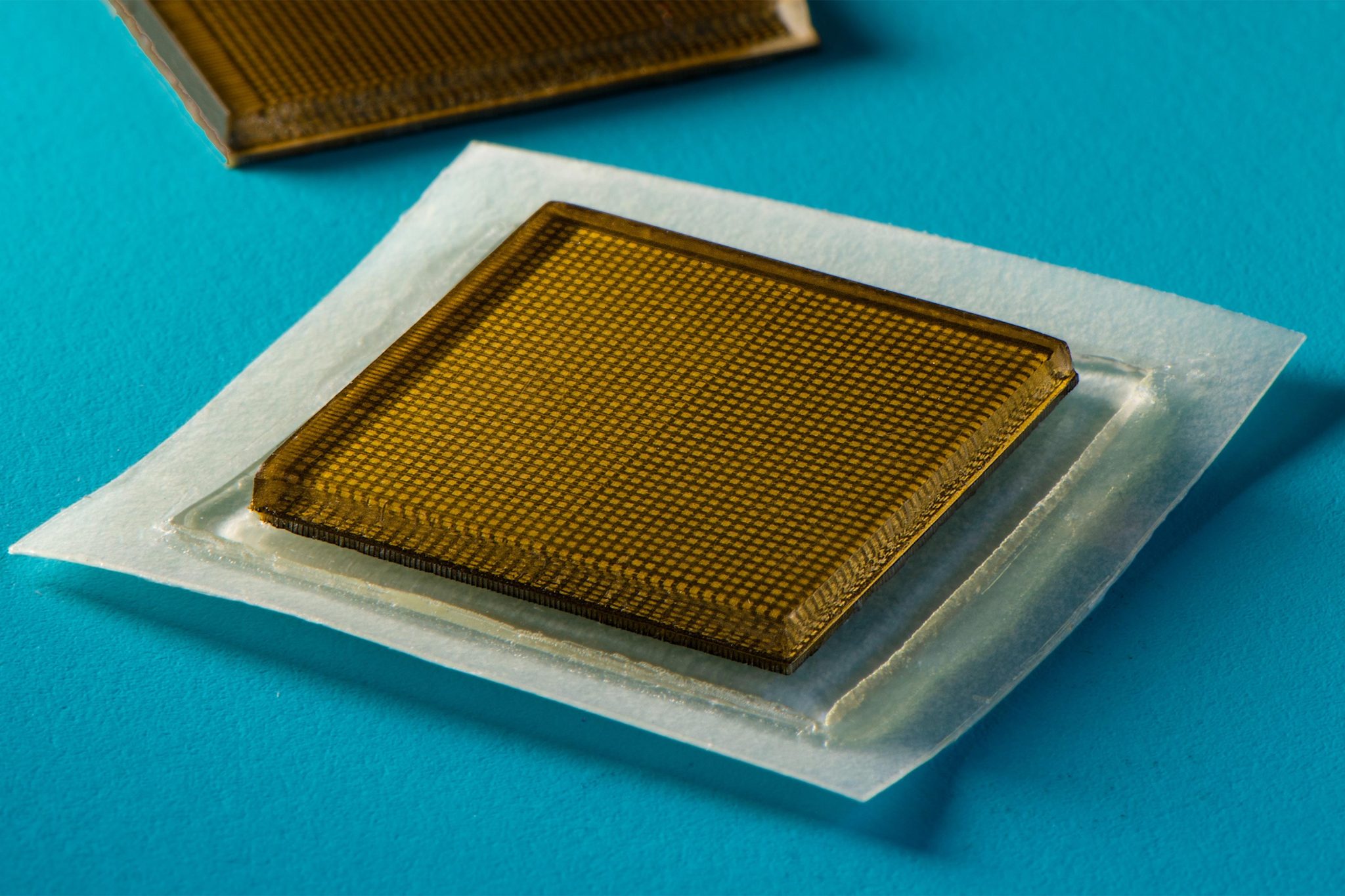Physicists at Washington University have forged ahead in the field of quantum mechanics by creating a new phase of matter known as “time crystals” and the even more advanced “time quasicrystals.”
These groundbreaking materials defy traditional physics by maintaining perpetual motion and could revolutionize quantum computing and precision timekeeping by providing a stable, energy-conserving method of measuring time and storing quantum information.
Physicists at Washington University in St. Louis (WashU) have created a new kind of time crystal, a unique phase of matter that challenges conventional understanding of motion and time.
The research team includes Kater Murch, the Charles M. Hohenberg Professor of Physics, and Chong Zu, an assistant professor of physics, along with graduate students Guanghui He, Ruotian “Reginald” Gong, Changyu Yao, and Zhongyuan Liu. Additional collaborators include Bingtian Ye from the Massachusetts Institute of Technology and Norman Yao from Harvard University. Their findings were published on March 12 in Physical Review X, a leading journal in the field.


















